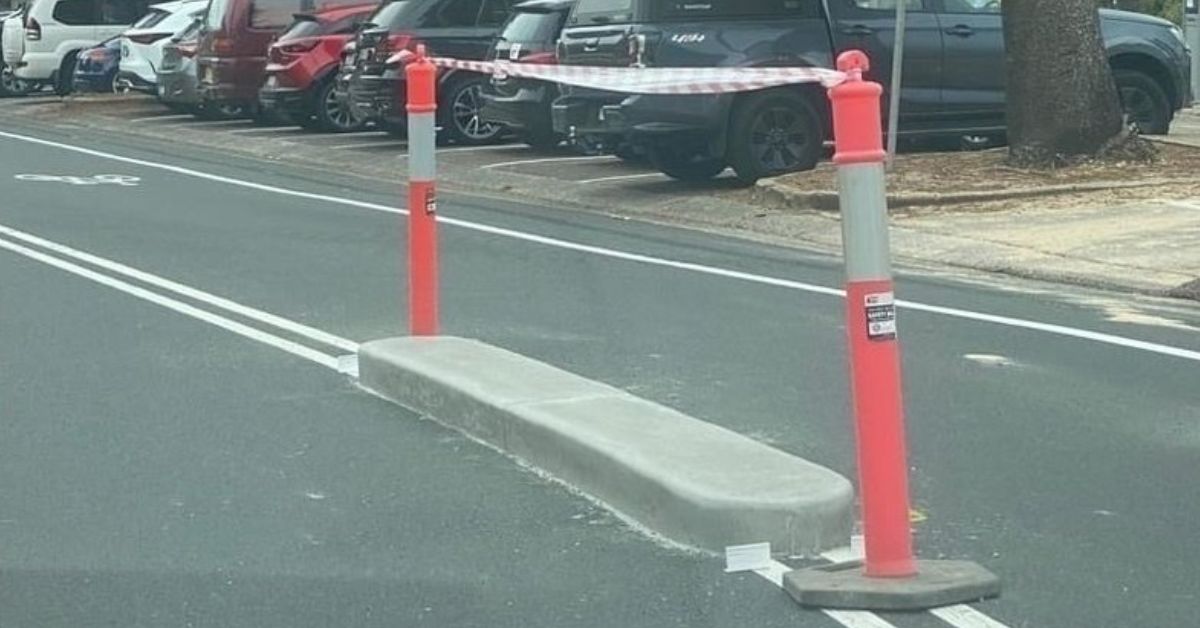In response to the occurrence of several pedestrian accidents in Manly over the years, the Northern Beaches has implemented new safety measures to reduce traffic speed and improve pedestrian safety in the Manly CBD area. Despite this, some measures have received strong criticism.
Among the measures taken was the establishment of a 30 km/h speed limit in the Manly CBD area. It resulted in an average traffic speed decrease from about 45 km/h to 39 km/h.
Despite this, Council officials have noted that some motorists continue to surpass the speed limit, endangering pedestrians and other road users. As such, in order to enhance safety, 14 concrete median islands were added throughout the Manly CBD and beachfront.
According to Northern Beaches Council, these islands will effectively reduce the speed of traffic by decreasing the width of the travel lane. In areas where the median islands affect parking spaces, the parking bays will be labelled as appropriate only for small vehicles, and signs will be put in place to inform drivers of the adjustments.
Although these safety measures are crucial, the Council has received feedback from the community requesting more information. In response, the Council has declared that no additional work will be carried out beyond completing line markings and signposting until an evaluation of the effectiveness of the traffic-calming measures has been conducted.
The Local Traffic Committee, which includes the Northern Beaches Council, Transport for New South Wales, and other government agencies, have collaborated to implement new safety measures.
Residents, however, expressed disapproval of the installation of concrete median islands along North and South Steyne on the seafront and certain roads in the central business district, claiming that it has created new hazards and is totally unnecessary.
According to an online petition, these median strips have resulted in difficulties for individuals trying to reverse out of parking spots and hitting them. Some concrete median strips have also developed cracks. Furthermore, they are challenging to see in low light and rainy conditions and should be taken down.
Published 20-April-2023









